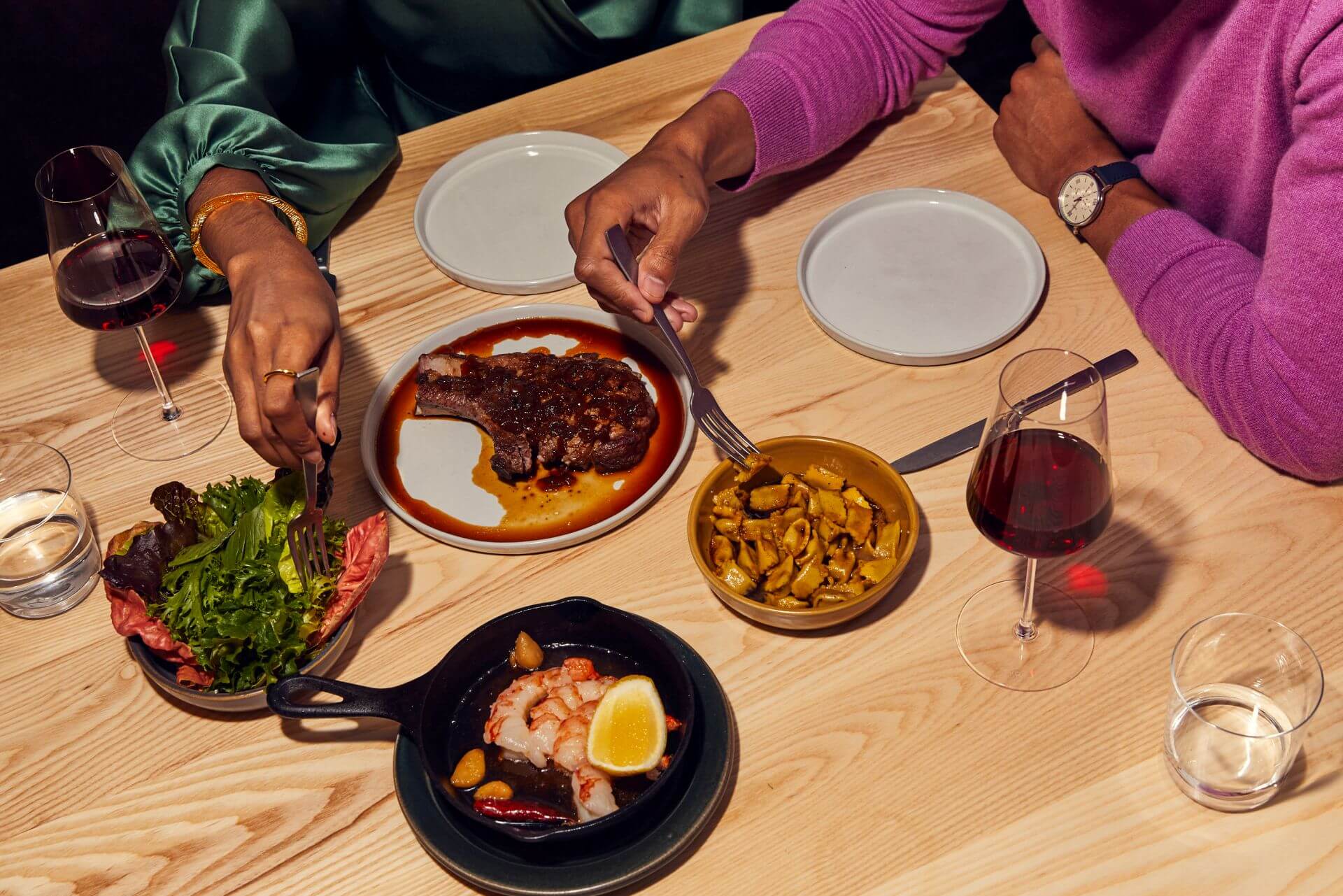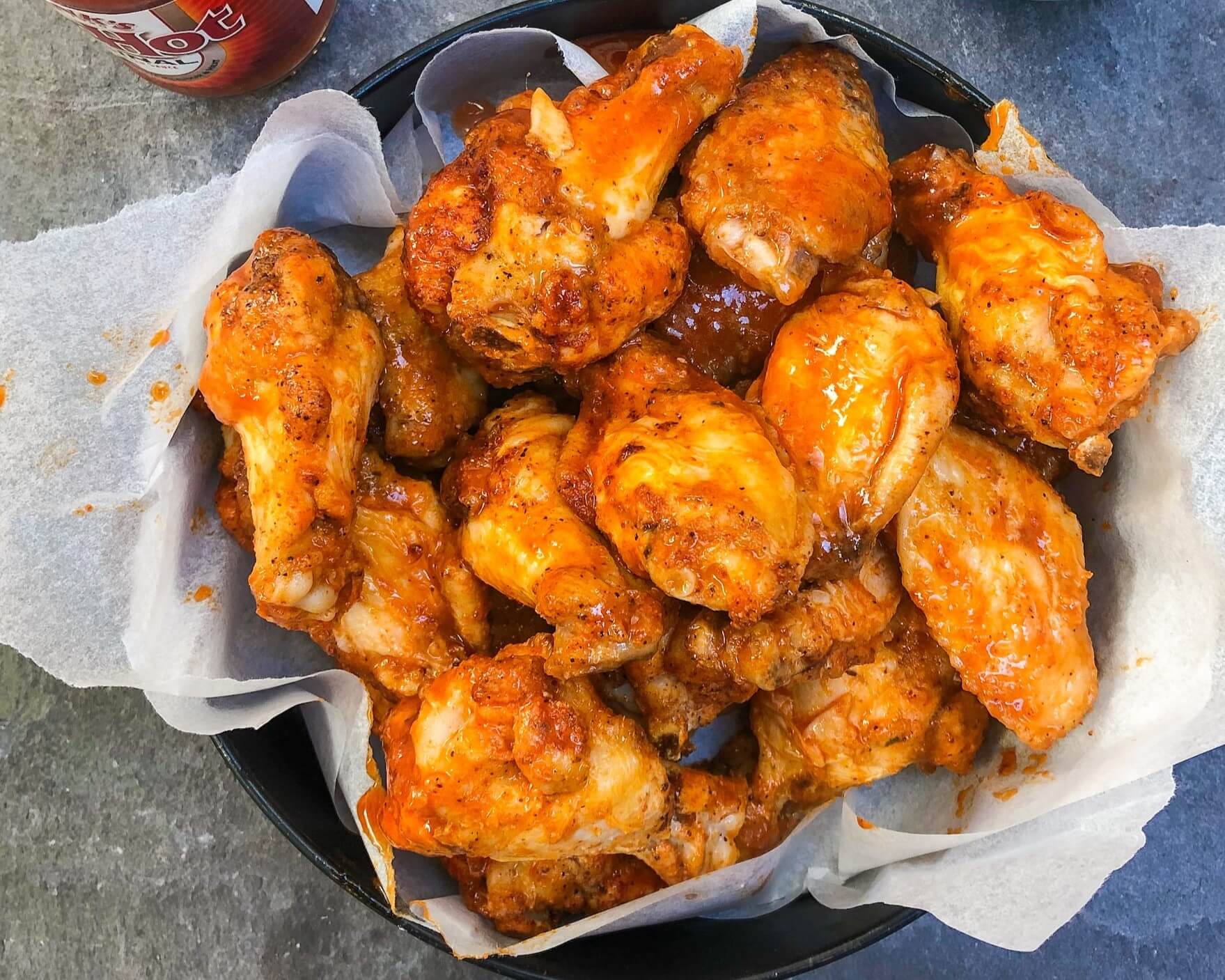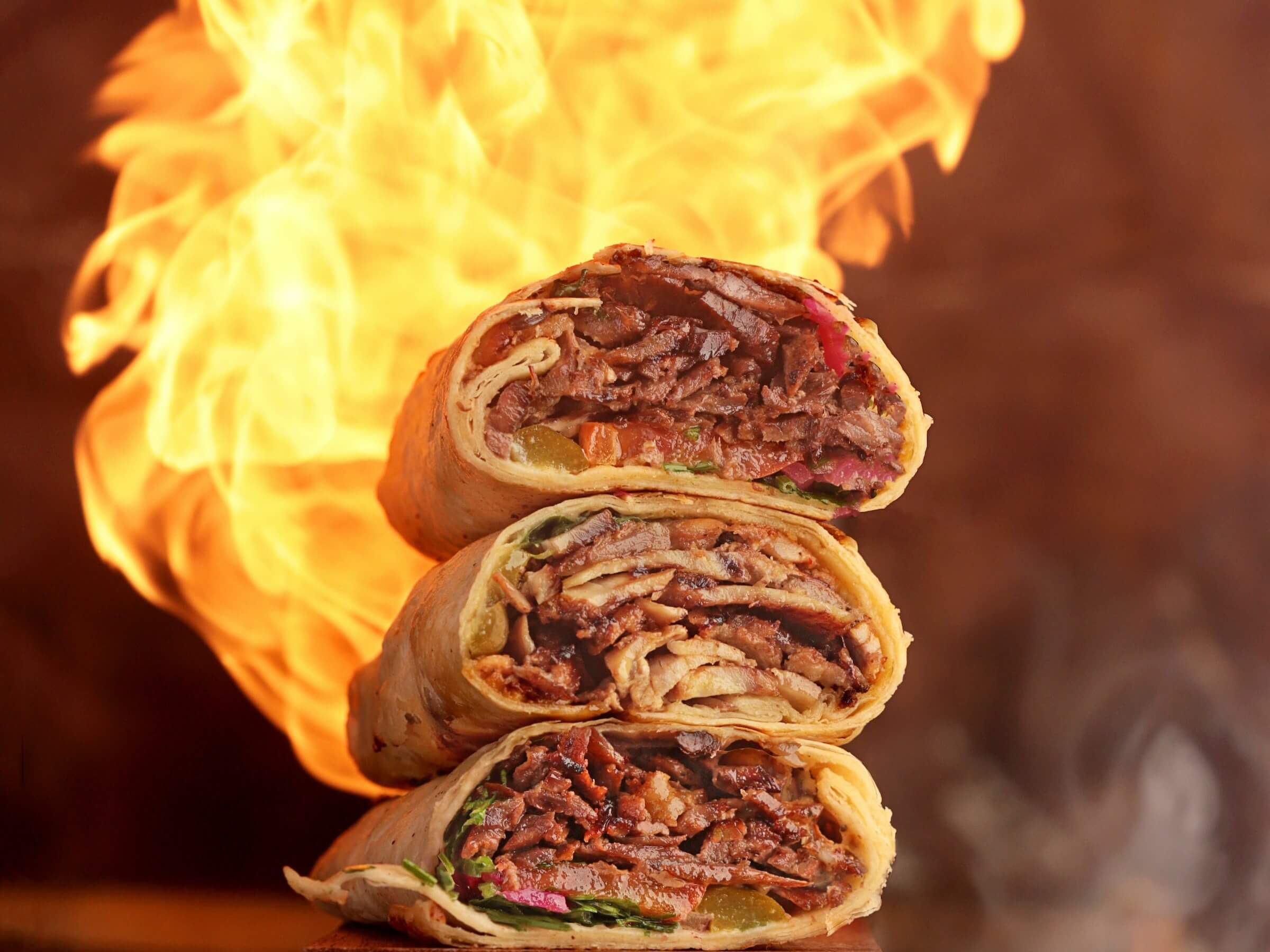Program for Unique Holidays: February 2023
by David Klemt

Do you want to stand out from from other restaurants and bars in your area? Change how you think about holiday promotions.
Several holidays are set against every date on the calendar, and February is no exception. These holidays range from mainstream to esoteric.
Pay attention to the “weird” or unique holidays to raise eyebrows, carve out a niche for your restaurant or bar, and attract more guests. Why do what everyone else is already doing? Why program only around the same holidays as everyone else?
Of course, you shouldn’t try to celebrate every holiday, strange or otherwise. Focus on the days that are authentic to your brand; resonate with your guests; and help you grab attention on social media.
You’ll find suggestions for promotions below. However, the idea behind our monthly holiday promotions roundup is to inspire you and your team to get creative and come up with unique programming ideas.
For our January 2023 holidays list, click here.
February 6: Pride In Foodservice Week
I’m not gonna lie: This is the first I’ve heard of this week-long celebration of foodservice. That’s fairly embarrassing given that this holiday dates back to 1991.
As you’re probably assuming, Pride in Foodservice Week celebrates foodservice professionals. So, highlight your team on social media (with their approval, of course); do something special to show your team you appreciate them; and find a way to celebrate the foodservice pros that visit your restaurant, bar, or hotel this week.
February 7: National Fettuccine Alfredo Day
Is this holiday unusual? No. Is Fettuccine Alfredo in any way bizarre? Of course not.
But you can certainly tap your kitchen team to do something unexpected with this classic dish. Stuff bao buns or dumplings with Fettuccine Alfredo. Create deep-fried Fettuccine Alfredo bites. Find a way to serve it on a stick. Just get creative and own this food holiday.
February 8: Kite Flying Day
Now, I’m not expecting you to somehow create a promotion around actually flying kites. Although, if you have the space and resources, go for it.
Instead, consider focusing on a particular cocktail, like the Plastic Kite or Paper Plane. Is a paper plane a kite? It can be if it’s designed as one, so the cocktail should be fair game on this holiday.
February 10: National Umbrella Day
North America has been slammed by freezing weather and brutal storms. Your guests can probably use an escape from the cold temperatures.
One excellent way for them to transport themselves elsewhere (at least in their minds) is tropical drinks. And tropical drinks tend to be served with the iconic cocktail umbrella. You know what to do: Perfect your tiki or nautical cocktail recipes, create an LTO menu, and draw in your guests.
February 15: National Flag of Canada Day
There’s nothing weird about the Canadian Flag. In fact, it’s one of the most iconic and instantly recognizable flags on the planet.
So, this is your day to celebrate Canadian spirits, beer, and food whether you operate in Canada or anywhere else. Tap your reps, get your hands on Canadian spirits and beer, focus on a few Canadian delicacies, and put together a mouth-watering LTO F&B menu.
February 18: National Crab Stuffed Flounder Day
To be clear, I’m including this holiday because it’s so specific. Obviously, this calls for an LTO or special based on one dish. I’ll give you one guess which dish it is.
February 20: Hoodie Hoo Day
If you’re somewhere it won’t bother too many people, I want you to do me a favor. I want you to yell, “Hoodie hoo!” Did you do it? Did it put a smile on your face?
It’s basically impossible to yell those two little words and not be happy afterward. Well, that’s the whole point of this holiday: happiness. We could all use a dose of happy these days, and this holiday can certainly provide it.
February 25: World Sword Swallowers Day
There are a couple ways to celebrate World Sword Swallowers Day. But for the love of your bottom line, don’t let any of your guests attempt to swallow any swords, cocktail or otherwise!
Instead, dig into the recipe books and find some classics just look right with garnishes skewered by cocktail swords. Or, serve up the Swinging Sword cocktail by Buchanan’s:
- 1.5 oz. Buchanan’s 18-Year-Old Special Reserve Blended Scotch
- 0.75 oz. Fresh squeezed orange juice
- 0.5 oz. Fresh squeezed lemon juice
- 0.5 oz. Grenadine
- Fresh mint sprig for garnish
Add ice and all liquid ingredients to a shaker. Shake well, strain into a coupe, garnish, and serve.
February 27: Telecommuter Appreciation Week
This is another week-long holiday I didn’t know existed. And again, it’s not new—this holiday was first celebrated in 1993.
However, I think it’s more relevant than ever. Rather than encouraging people to work from home on this holiday, celebrate your WFH guests. If your WiFi can handle it, encourage your guests to work from your restaurant, bar, or hotel. And make sure to create LTO food and drink menus to incentivize to do so.
Image: Ivan Bertolazzi on Pexels











